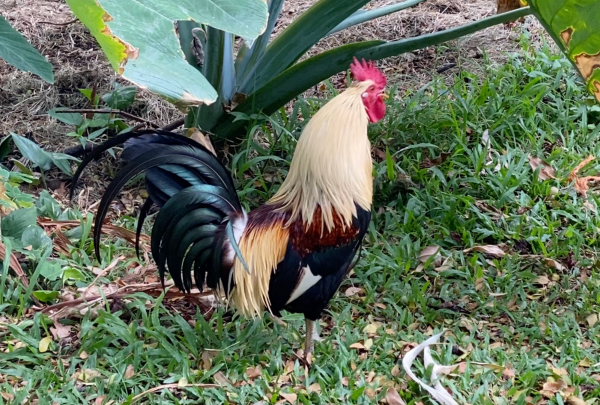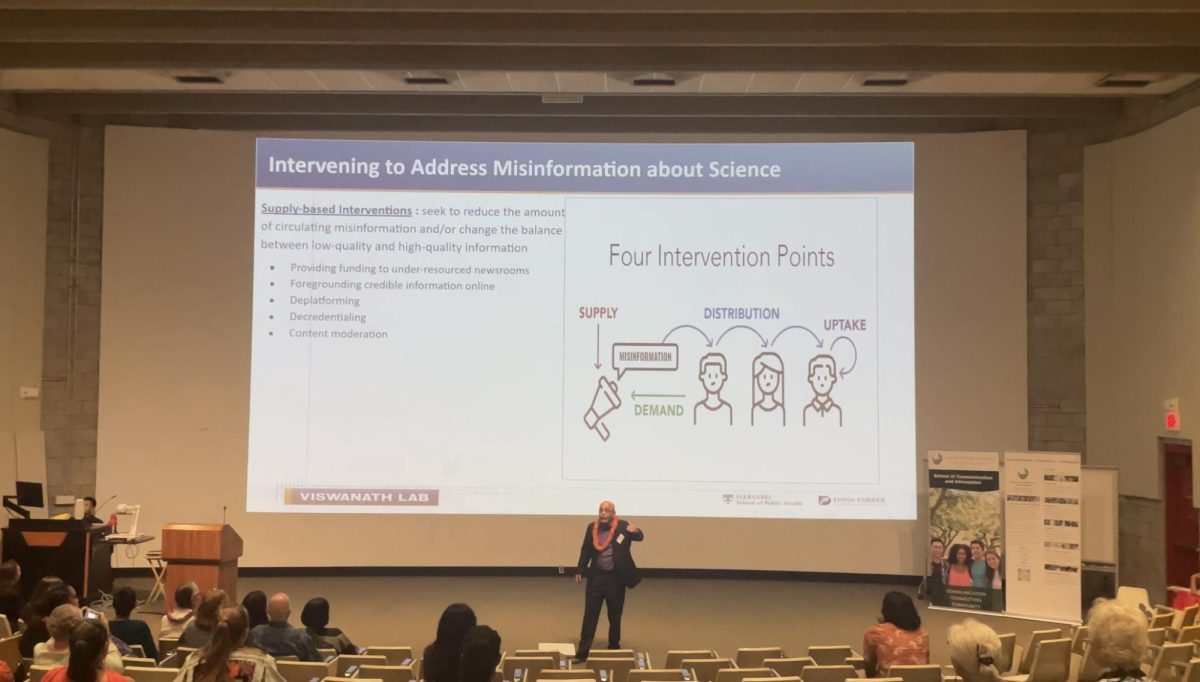Consumers are scrambling for an answer to why the cost of eggs has continued to increase in recent memory, the real culprit being the worst outbreak of bird flu in U.S. history.
Since 2022, nearly 170 million chickens have been wiped out by the disease. Due to their contact with wild birds, who are often flu carriers, cage-free and free-range chickens were hit hardest.
Farmers are shelling out more for feed, labor, and shipping, which results in a spike in egg prices. On top of that, states requiring cage-free eggs have been hit harder by bird flu, making the shortage even worse and the prices even higher.

Eggs, which are a breakfast staple and baking essential, have fallen into a simple cycle. High demand with low supply results in higher prices.
Dana Leong, a baker and restaurant goer, shared her experiences with rising costs.
“I personally like baking and when the cost of eggs rose it was hard to incorporate that into the cost of my baked goods,” said Leong. “When I was eating out, there was an increased charge, which made it more difficult to eat out.”
With most food shipped into Hawai’i, rising prices lead to even higher shelf prices. According to market analysis reports from the Department of Agriculture, the benchmark price of locally produced eggs rose to $9.51 per dozen, whereas mainland produced rose to $9.46.
Laila Haughey, a restaurant employee, shared how rising prices impacted the business.
“There was a fluctuation in prices and getting eggs was almost impossible,” said Haughey. “We almost had to take the french toast off the menu and it could go up $1 to $3 based on how many we could buy at a time.”

In an effort to address the issue, the U.S. government is shelling out $1 billion, but prices could remain high with Easter right around the corner. Until prices drop, you may want to scramble for alternatives or treat every omelet like a luxury meal.




















